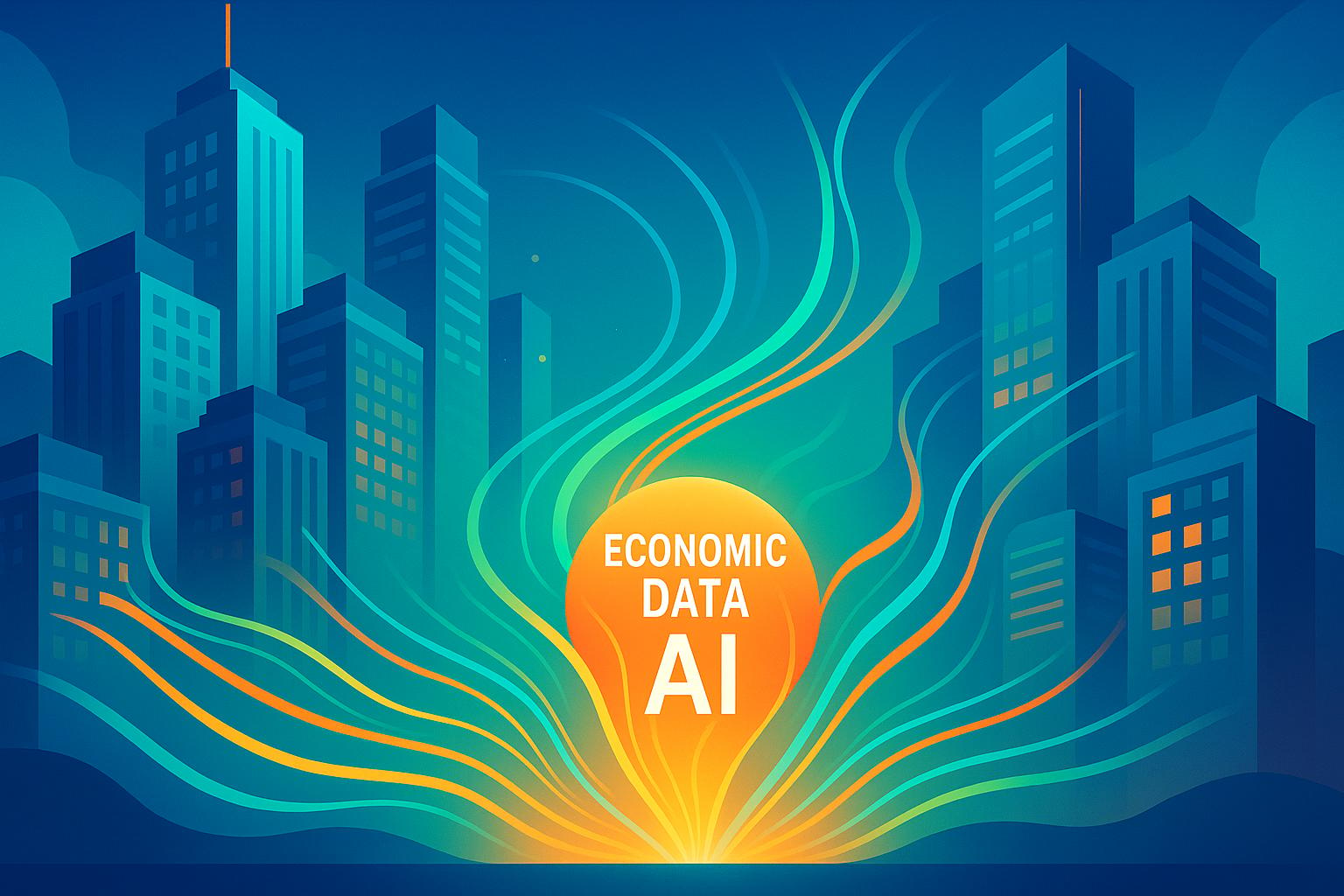Developers are transforming zoning analysis with 3D visualization and AI tools. Here's how these technologies make zoning easier and faster:
- 3D Visualization: Converts zoning rules into interactive, visual models. See building heights, setbacks, and density limits at a glance.
- AI Tools: Instantly process zoning data, retrieve property reports, and filter properties by zoning criteria.
- Benefits: Save time, improve design decisions, avoid zoning violations, and communicate plans clearly with stakeholders.
Example Tools: Platforms like Plotzy combine zoning data with 3D visualization for real-time analysis and compliance checks.
This approach simplifies planning, reduces errors, and speeds up decision-making for developers.
Setting Up 3D Zoning Analysis
Collecting Zoning Data
Start by gathering zoning and property data from various sources. Today, AI tools make this process much easier and faster.
Here are key data points to focus on:
| Data Type | Source | Purpose |
|---|---|---|
| Zoning Maps | Municipal Records | Identify permitted uses and restrictions |
| Property Records | County Tax Assessors | Confirm ownership and parcel information |
| Building Codes | Local Government | Understand construction rules |
| Setback Requirements | Zoning Ordinances | Determine limits for building placement |
Once you've collected this information, feed it into 3D tools to enable dynamic analysis.
Combining Property Data with 3D Tools
Integrate property data into 3D visualization platforms to improve analysis. AI-powered tools like Plotzy can simplify this process by offering advanced filtering options. For instance, developers can search parcels based on permitted use or acreage and access municipal resources and zoning FAQs instantly.
When combining data, ensure you:
- Convert all measurements to U.S. standards (feet, square feet, acres)
- Import lot boundaries and setback details
- Include building height limits (in feet)
- Calculate Floor Area Ratio (FAR) and lot coverage percentages
Using standardized U.S. measurements ensures the data aligns with local zoning requirements.
U.S. Zoning Standards
Familiarity with U.S. zoning standards is essential for accurate 3D visualizations. These typically include:
- Area Measurements: Square feet for buildings, acres for lots
- Height: Feet and stories for building limits
- Setbacks: Distances in feet from property lines
- Density: Units per acre or FAR ratios
- Currency: U.S. dollars for property values and development costs
AI tools can interpret these standards automatically. For example, Plotzy generates property reports with standardized U.S. measurements and local zoning terms, making it easier to transfer data into 3D visualization software.
Creating 3D Models for Zoning
3D Model Development
To create accurate zoning models, start by importing precise property boundaries and elevation data into your modeling software. The model should clearly illustrate zoning constraints, including:
- Building envelope boundaries
- Height restrictions (measured in feet)
- Setback lines (distance from property edges)
- Floor Area Ratio (FAR) limits
- Lot coverage percentages
Stick to U.S. measurement standards to ensure consistency. These models provide a solid foundation for visualizing zoning requirements.
Adding Zoning Rules to Models
Once your 3D model is ready, incorporate zoning rules to represent constraints visually. Use the following mappings:
| Zoning Element | Visual Representation | Purpose |
|---|---|---|
| Height Limits | Transparent ceiling plane | Defines maximum building height |
| Setbacks | Colored boundary lines | Shows minimum required distances |
| FAR | Volume calculations | Indicates allowable building mass |
| Lot Coverage | Shaded ground plane | Highlights buildable areas |
AI tools can simplify this process by automatically importing zoning data. For example, Plotzy offers features like permitted use filters and instant zoning Q&A, which can be seamlessly integrated into your 3D model.
Data Quality Control
To maintain accuracy in your zoning models, follow these steps:
-
Data Verification
Cross-check imported data against municipal records. AI tools can assist in automating this process. -
Measurement Accuracy
Double-check all measurements, including distances (feet/inches), areas (square feet), land sizes (acres), and heights (feet/stories). -
Regular Updates
Keep your models up-to-date with changes in zoning codes and regulations. AI-powered tools can provide timely updates from municipal resources, ensuring your models remain compliant and reducing the need for manual checks.
Planning with 3D Tools
Real-Time Planning Tools
3D planning tools allow developers to quickly adjust designs to meet zoning requirements. With these tools, users can:
- Modify building heights and setbacks in real time
- Assess massing options to ensure they align with zoning regulations
Comparing Design Options
Design scenarios can be compared side by side using measurable performance metrics. Here's how key metrics are evaluated:
| Metric | How It's Measured | Why It Matters |
|---|---|---|
| Building Efficiency | Usable sq ft / Total sq ft | Determines rentability |
| Zoning Compliance | Automated code checks | Avoids violations |
| Development Density | Floor Area Ratio (FAR) | Maximizes land use |
| Construction Cost | Cost per sq ft | Assesses feasibility |
3D Models for Team Communication
3D models have become essential for effective collaboration among stakeholders, enhancing communication and decision-making.
- Interactive Presentations: Use 3D presentations to let stakeholders explore designs from various angles, toggle between options, and understand zoning constraints visually.
- Decision Support Tools: Combine 3D models with in-depth property data to:
- Access zoning information and property reports
- Analyze permitted land uses
- Calculate development potential
- Collaborative Review Process: Foster team feedback by:
- Sharing interactive 3D models online
- Adding comments and marking up concerns directly within the models
- Tracking updates and revisions efficiently
sbb-itb-11d231f
AI Tools in Zoning Analysis
Smart Parcel Search
AI tools make finding the perfect property faster and easier. They allow developers to filter parcels based on zoning rules and project needs, cutting down on research time.
Here are some key search parameters:
| Parameter | Description | Impact on Development |
|---|---|---|
| Permitted Use | Filter by allowed property uses | Helps ensure compliance with local laws |
| Acreage | Search by lot size requirements | Matches the property to project scale |
| Zoning Code | Filter by zoning classifications | Aligns property with development goals |
Property Research Tools
AI platforms give developers instant access to details like property reports, zoning rules, permitted uses, and municipal documents. For example, the Plotzy platform offers a range of data access options: Basic plan users get 200 contact matches monthly, while Pro plan users receive 1,000 matches. These tools simplify the research process and set the stage for combining AI insights with 3D visualization.
Combining AI with 3D Analysis
By merging AI-driven research with 3D visualization, developers can take their planning to the next level. Here's how:
1. Quick Analysis and Decision-Making
AI tools feed property data directly into 3D models, making it easy to visualize development potential and make decisions in real time.
2. Integrated Workflows
Combining AI insights with 3D visualization creates a seamless planning process. Developers can validate ideas, streamline research, and make informed property acquisition decisions faster.
3. Efficient Processes
AI speeds up research by offering instant access to zoning and municipal resources. Meanwhile, 3D visualization helps confirm development concepts without delay.
Interactive 3D Zoning™
Conclusion
The combination of 3D visualization and AI-powered tools is changing how developers handle zoning analysis and project planning. Together, these technologies simplify property research and ensure zoning compliance.
Key advantages for developers include:
- Faster decision-making with parcel filtering and real-time visualizations
- Confirming zoning compliance before committing to investments
- Sharing 3D visuals to enhance stakeholder communication
Plotzy offers instant access to essential zoning details and municipal resources, including property reports, owner contacts, and filters for permitted uses - all at a reasonable cost. These features integrate smoothly into your planning process.
FAQs
How can 3D visualization help developers analyze zoning regulations more effectively?
3D visualization allows developers to better understand zoning regulations by providing a clear, interactive view of how zoning laws impact specific properties or areas. By visualizing building heights, setbacks, and land use in a 3D environment, developers can identify potential challenges and opportunities early in the planning process.
This technology enhances accuracy by enabling precise analysis of zoning constraints and streamlines project planning by offering a more intuitive way to assess compliance. Tools like AI-powered platforms can further simplify this process by integrating zoning data, parcel information, and property reports into a single, easy-to-navigate interface.
What key data should developers consider for 3D zoning analysis, and how can AI tools simplify the process?
When conducting a 3D zoning analysis, developers should focus on critical data points such as zoning classifications, building height restrictions, setback requirements, and allowable land use. These factors are essential for understanding how zoning regulations impact potential projects.
AI tools, like those provided by Plotzy, streamline this process by enabling users to quickly filter and search for parcels based on zoning criteria, access detailed property information, and generate comprehensive reports. This allows developers to save time and make more informed decisions during project planning.
How do 3D models improve collaboration and understanding during zoning and project planning?
3D models enhance collaboration and understanding by offering a clear, visual representation of proposed projects. They allow stakeholders to see how zoning regulations and project designs will impact the surrounding environment, making complex concepts easier to grasp.
These models also foster better communication by aligning everyone on the same vision, reducing misunderstandings, and streamlining decision-making during the planning process. This can be especially valuable when presenting to municipal officials, investors, or community members.


